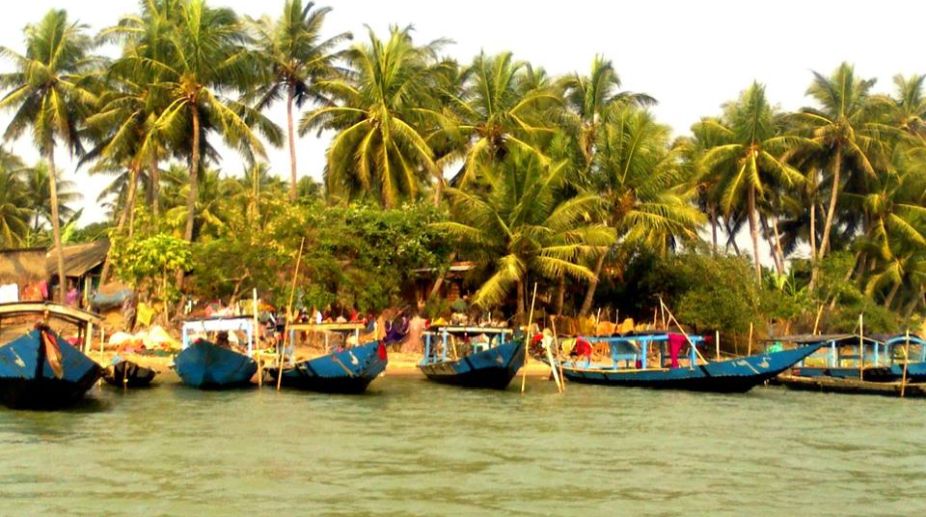S. Korean govt mulls further cut in EV subsidies
The government is considering further cutting electric vehicle (EV) subsidies next year to instead use the funds to supplement insufficient charging infrastructure, sources said on Sunday.

(Photo: Facebook)
With the environmental brigade taking up cudgels to conserve nature and the state governments in the eastern region of India offering topmost priority to develop eco-tourist hubs, eco-tourism is the call of today’s world. To begin with, Odisha has the largest land area under forest cover and there is a wide spectrum of eco-tourist destinations.
The Asia-Chilka Lake is the largest inland salt water body in the state. The latest additions there in the eco-tourism sector are waterfalls. Nitin Bhanu Das Jawle, director, Odisha Tourism, commented, “Odisha has nearly 34 per cent of forested area and the largest tract of the Eastern Ghats. The most sought-after emerging ecotourist destination has been Simlipal National Park followed by Bhittarkanika Wildlife Sanctuary and Chilka Lake.We are boosting Satkosia Gorge in a big way. There are a host of forests on Marine Drive Road connecting Puri with Konark. We have identified around 30 eco-tourist destinations in the state and a number of lesser-known eco-tourist spots are waiting in the wings.”
Most of the eco-tourist destinations are either in the forest area or on beaches and the state forest department has a significant role to develop these destinations. Jawle said, “Odisha Tourism has signed MoU with the state forest department for joint development of eco-tourism sector in a major way. Odisha Tourism will play the role of capacity building and popularise the eco-tourist destinations while the forest department will be looking after the eco-tourist hubs, set up accommodation centres and take care of reservation of resorts. Odisha Tourism will roll out package tours that will accentuate on the culture and showcase folk tradition of the destination.”
Advertisement
When it comes to eco-tourism in West Bengal, the focus is mostly on North Bengal that is endowed with a gamut of eco-tourist destinations like Alipurduar, Mirik with lakes and monasteries in Darjeeling Hills, Rajabhatkhawa -well-known for safaris and tigers at the periphery of Buxa Tiger Reserve in Alipurduar district, Kolakham in the vicinity of Neora Valley National Park and Apalchand Reserve Forest in Baikunthapur Forest Division in Dooars.
Kolakham is an ideal option for adventure enthusiasts. There are many positives in store from the department of tourism, West Bengal in the vertical of eco-tourism. The West Bengal government is offering topmost priority to the development project of Gajoldoba eco-tourist hub. Lying around 20 km from Siliguri and about 40 km from Bagdogra airport and in the midst of Teesta Barrage and Baikunthapur forest in the district of Jalpaiguri, Gajoldoba is being shaped as an integrated multi-purpose.
Mega Tourism Park based on public-private participation model is a vacationer’s dream. In other words, developing Gajoldoba wetland as an eco-tourist destination is the next big thing for the West Bengal government. The destination forms a paradise for nature lovers and has a wide spectrum of eco-tourism based activities ranging from water and nature-oriented to elephant and teabased. Some of the prominent watercentric facilities are cruising, kayaking, rowing, water balloon and water wheels.
Visitors can go on forest trails, jungle camps, biking, safaris and bird watching in the eco-tourist hub. There is a golden opportunity to visit nearby tea estates, deer park and opt for elephant rides and elephant bathing.
Besides, the state tourism department is focusing on high-end ecotourism and is pulling out all stops to provide infrastructure facilities of high quality. There is world-class amusement park, the presence of luxury hospitality group, two-budget hotels and a ninehole golf course at Gajoldoba.
Advertisement